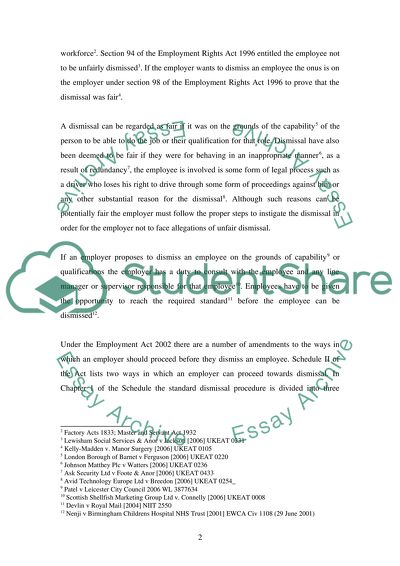Cite this document
(Legal Actions Issues Case Study Example | Topics and Well Written Essays - 2250 words, n.d.)
Legal Actions Issues Case Study Example | Topics and Well Written Essays - 2250 words. https://studentshare.org/law/1545982-the-law
Legal Actions Issues Case Study Example | Topics and Well Written Essays - 2250 words. https://studentshare.org/law/1545982-the-law
(Legal Actions Issues Case Study Example | Topics and Well Written Essays - 2250 Words)
Legal Actions Issues Case Study Example | Topics and Well Written Essays - 2250 Words. https://studentshare.org/law/1545982-the-law.
Legal Actions Issues Case Study Example | Topics and Well Written Essays - 2250 Words. https://studentshare.org/law/1545982-the-law.
“Legal Actions Issues Case Study Example | Topics and Well Written Essays - 2250 Words”. https://studentshare.org/law/1545982-the-law.


